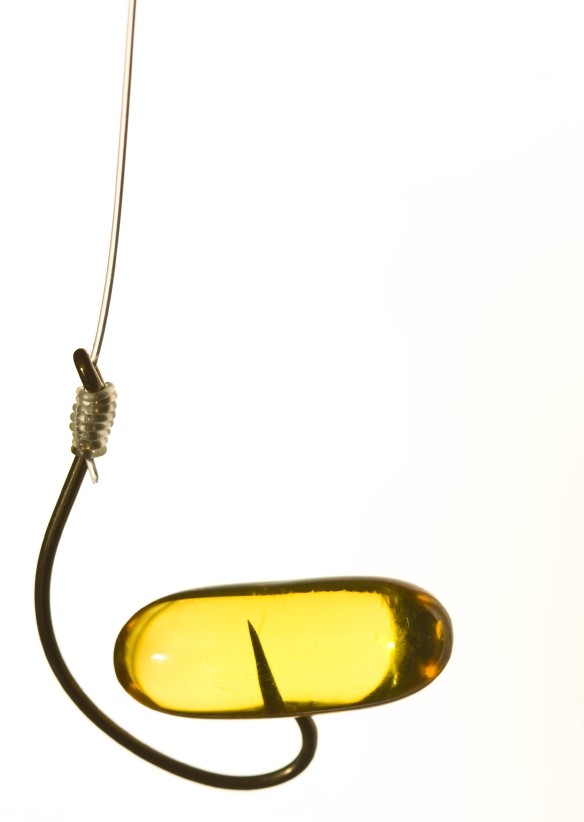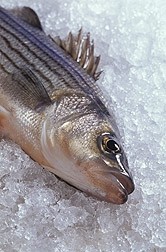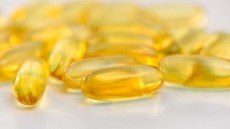Omega-3 industry ‘baffled’ by EC call to review European safety levels

The agency has been commandeered to perform the review by the European Commission on the basis of a report from the German Federal Institute for Risk Assessment (BfR) which outlines the rationale for a 1.5gm/day upper safe level for long-chain omega-3s like DHA, EPA and DPA. It has been handed nine months to deliver its findings.
There is currently no USL in the EU, while in the US, the Food and Drug Administration has recommended 3g per day.
The BfR report (in German) suggests harmful effects of over-consumption could include increased cholesterol levels, risk of cardiovascular mortality among long term users with cardiovascular disease, inhibited immune systems in the elderly, and anaemic effects. It can be found here.
Responding, Harry Rice from the Global Organization for EPA and DHA Omega-3 (GOED) said:
“Regardless of being baffled by the Commission’s basis for requesting a scientific opinion from EFSA, we still contend that the concerns raised in the BfR’s report are unfounded and we aren’t the only ones.”
“At the beginning of July, the Steering Committee of the Norwegian Scientific Committee for Food Safety published its opinion on the safety of the omega-3 fatty acids. It came as no surprise that the Committee found no adverse effects up to levels as high as 6.9 grams/day for certain conditions.”
Norwegian position
The Norwegian Scientific Committee for Food Safety (VKM) recently surveyed dosage levels and effects for a host of conditions including bleeding times; lipid peroxidation; inflammation and immunity; glucose metabolism and gastrointestinal disturbances.
After surveying the literature, they found that adverse effects were not present below 6.9g for bleeding times and concluded: "no tolerable upper intake level could be established."
Other negative effects were referenced in selected trials at 3.5g for lipid peroxidation; 5g for certain inflammation markers and 6g for gastrointestinal issues.
German position
Using different scenarios the BfR found between 3.7 and 16.7 per cent of the German population would exceed 1.5g of EPA/DHA/DPA per day.
But the agency acknowledged its opinion was, "a conservative procedure with a high degree of certainty which nonetheless is not necessarily achieved in reality".
At a recent EC committee meeting, delegates reminded member state attendees that EFSA had previously observed typical EU-wide consumption of EPA and DHA of between 80-420mg per day - lower than EFSA recommended levels to gain cardiovascular benefits.















